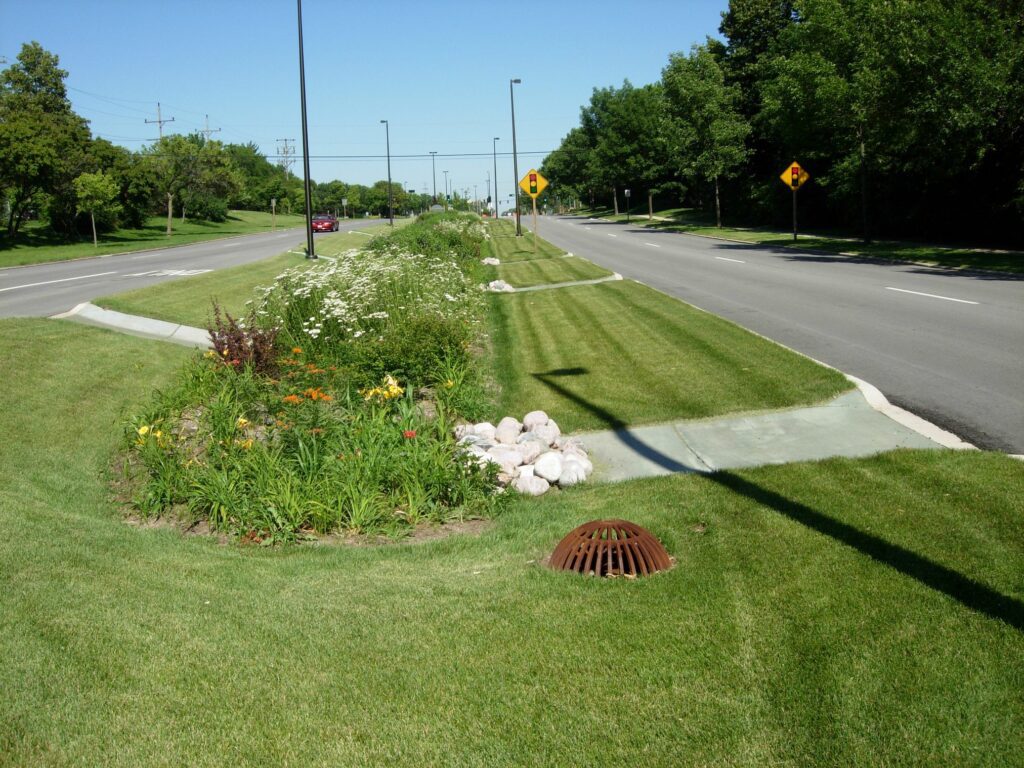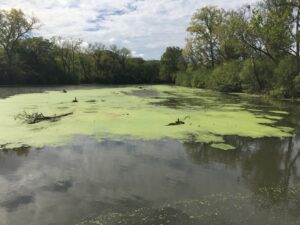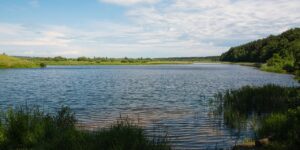We can reduce flooding and water pollution by incorporating bioswales into our community. Bioswales are one form of green infrastructure that can help our neighborhoods be more resilient to stormwater issues.
If you missed it or need a refresher, read our first blog post in the green infrastructure series to learn more about what green infrastructure is and how it can help solve stormwater problems in our community.
Bioswales Are a Piece of the Stormwater Puzzle
A bioswale is a kind of green infrastructure that can be used to manage stormwater at the neighborhood scale. In just a few words, bioswales are vegetated channels that are designed to allow stormwater to soak into the soil. They are typically planted with deep-rooted and hardy native plants that are excellent at guiding water down into the ground.
The design of a bioswale can vary, but all bioswales have the same purpose: to collect, slow, infiltrate, and filter stormwater. Managing stormwater with bioswales has the following benefits:
- Slow stormwater flows. Vegetation in the bioswale—the stems, leaves, and grasses—work to slow down the flow of stormwater. Slower moving stormwater causes fewer surges of runoff into waterways. This reduces what’s known as the “flashiness” of a stream or river. Slower flow of stormwater into a waterway results in less flooding and streambank erosion.
- Improve water quality by reducing pollutants. Slower moving runoff also allows more pollutants to drop out of stormwater. The vegetation itself also absorbs contaminated runoff through its roots and infiltrates the stormwater into the ground. The water is cleansed as it filters through the soil.
- Recharge groundwater. Infiltrated stormwater ends up in groundwater sources. Recharging groundwater is especially important for communities that get their drinking water from wells.
- Beautify neighborhoods. Bioswales can be designed for beauty as well as function. Bioswales incorporate native flowers and grasses that can add aesthetic value to a neighborhood if properly designed and maintained.
- Benefit local ecosystems. Native vegetation planted in bioswales increases habitat and food sources for local wildlife.
Bioswales are one promising tool for managing stormwater and reducing runoff. As communities add more forms of green infrastructure, our neighborhoods will better manage heavy rains, minimize flooding, and protect the water quality of rivers and streams.





